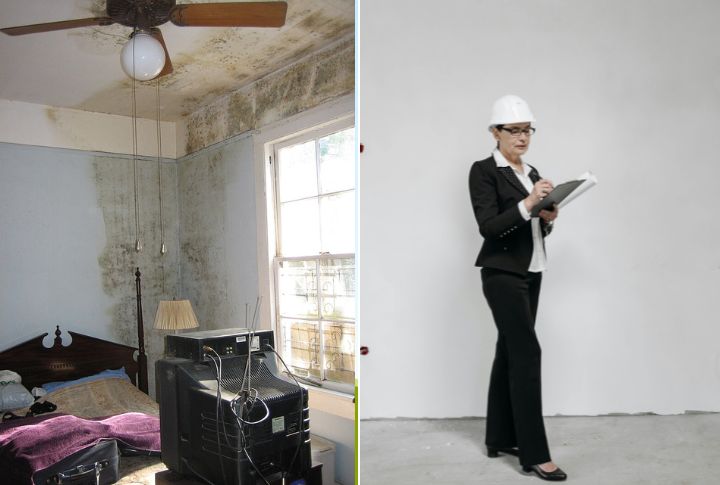
Infrogmation/Wikipedia, Pavel Danilyuk/Pexels
When buying or selling a home, inspections are an essential step that can determine the outcome of the transaction. These detailed evaluations uncover potential issues that could result in expensive repairs or safety hazards. Let’s understand which areas in your house might raise concerns during a home inspection.
Foundation Flaws
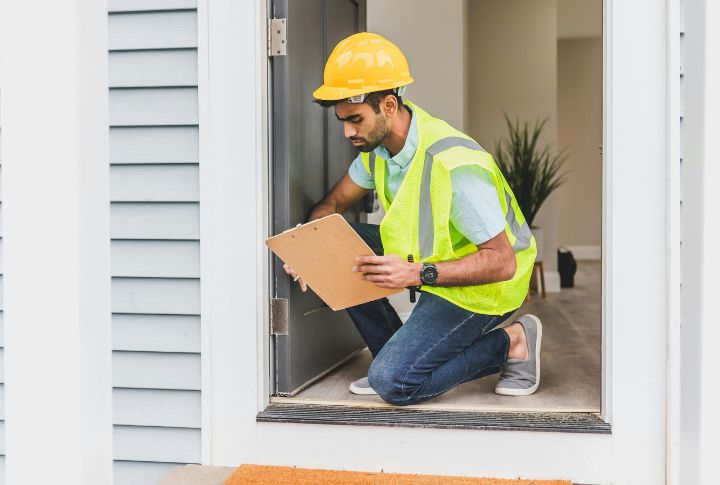
RDNE Stock project/Pexels
With a strong foundation, your home is likely to be safe. Any inspector would first look for cracks, shifting, or settling issues in the structure. Hairline cracks are often cosmetic. Larger horizontal or diagonal cracks can indicate significant settling or movement in the foundation, leading to high repair costs.
Roofing Issues
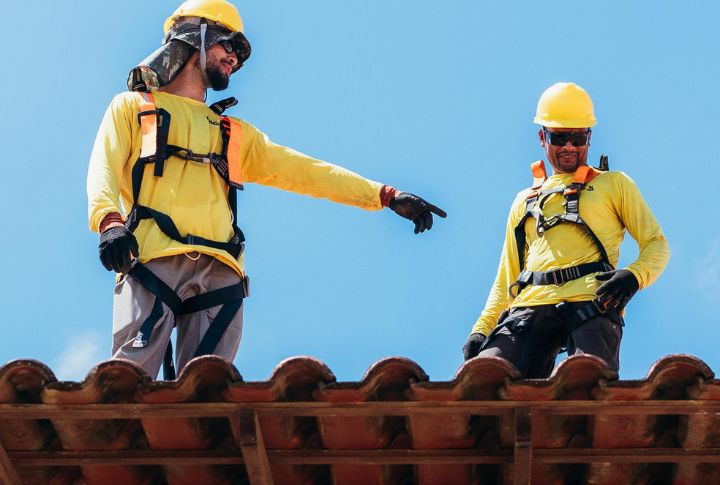
Next in line is the roof, yet another vital area most affected by external and internal damages. The roof has to sustain the harsh climates from the outside and regular wear and tear from the inside, often resulting in missing shingles, leaks, and poor drainage. Signs of water damage on ceilings may indicate roof failure.
Electrical Hazards
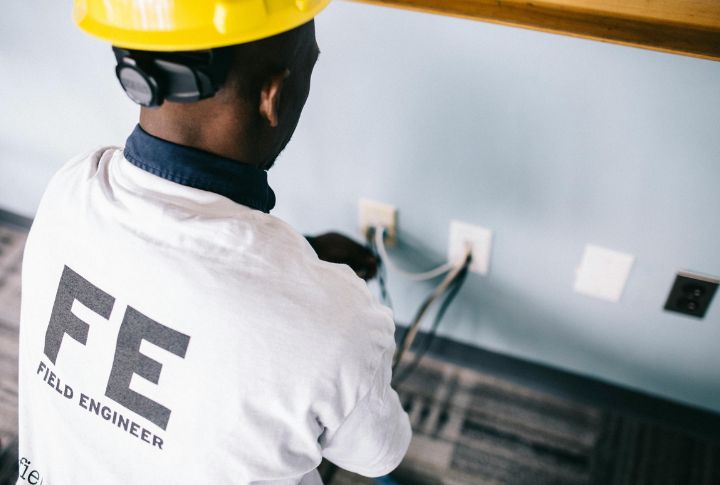
Outdated or improperly installed electrical systems are a strict no-no. Additionally, insufficient grounding will be dangerous, as the current doesn’t safely flow through the earth and can result in electrical shocks and equipment damage. To pass inspection, ensure your electrical system is up to code and consider hiring an electrician for a thorough check-up.
Plumbing Problems

Leaky pipes, poor water pressure, and outdated plumbing could be minor issues for you. However, remember that all these can lead to a negative report during an inspection. Therefore, do not ignore the signs of water damage and corrosion. Regularly inspect your plumbing system and replace worn-out components to ensure functionality.
HVAC System Issues
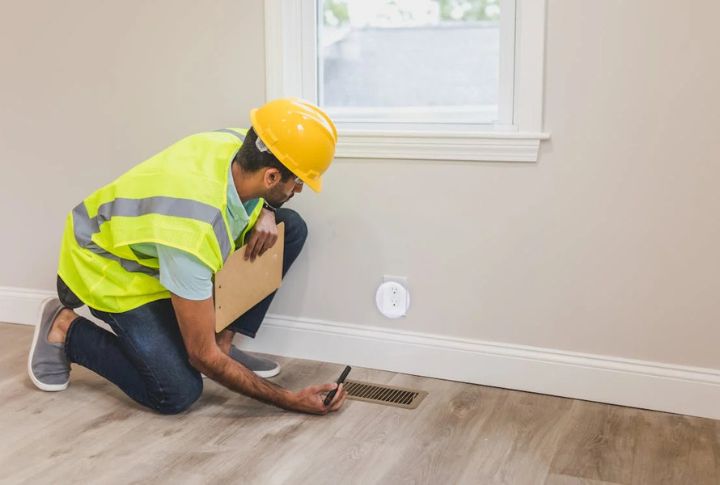
The HVAC system consists of heating, ventilation, and air conditioning. Even if one of these units is functioning poorly, it will adversely affect the atmosphere within your home. As machines, these components require regular maintenance to function correctly, so schedule annual check-ups to keep your HVAC running smoothly.
Improper Grading
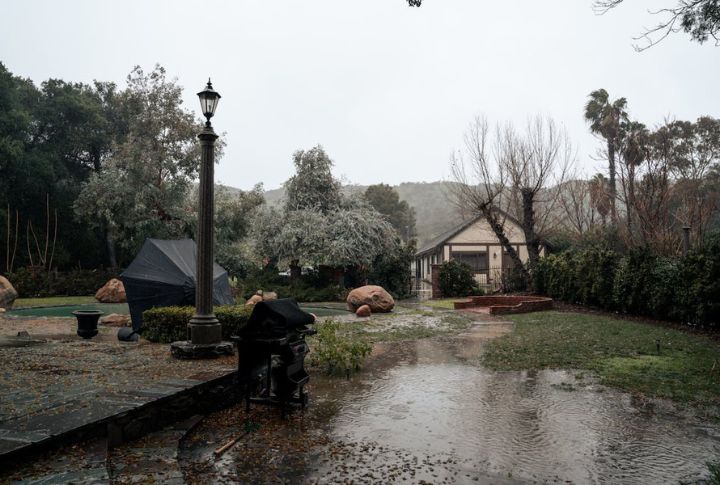
Why is improper grading a cause of concern? If the ground slopes toward your house instead of away from it, rainwater can pool near your foundation, leading to cracks, leaks, or even flooding in basements and crawl spaces. Over time, this can weaken the foundation and cause structural issues.
Mold
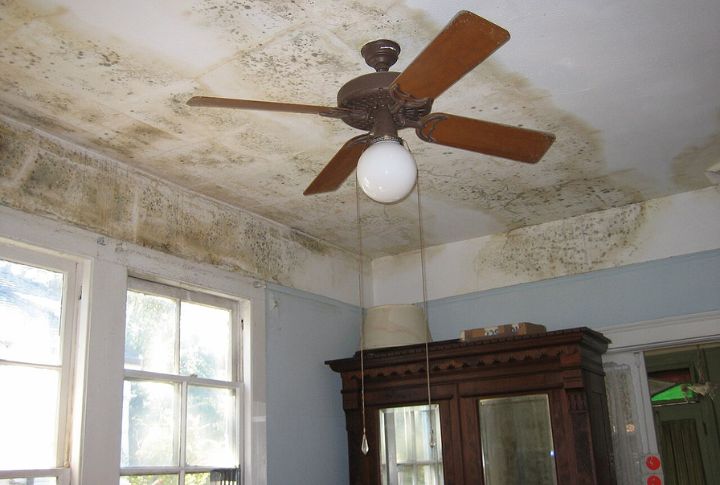
Mold thrives in damp environments, typically in areas with poor ventilation, water damage, or high humidity, such as basements, attics, bathrooms, or around windows. Its presence means hidden problems, like plumbing leaks, roof leaks, or poor insulation. Mold can also aggravate respiratory issues and allergies while adversely affecting people with weakened immune systems.`
Termite And Pest Damage

They may look tiny, but these pesky invaders can cause extensive structural damage over time. Termites, in particular, feed on wood, weakening the very framework of your home, including support beams, floors, and walls. Beyond termites, other pests like carpenter ants, rodents, and beetles can also cause damage.
Windows And Seals
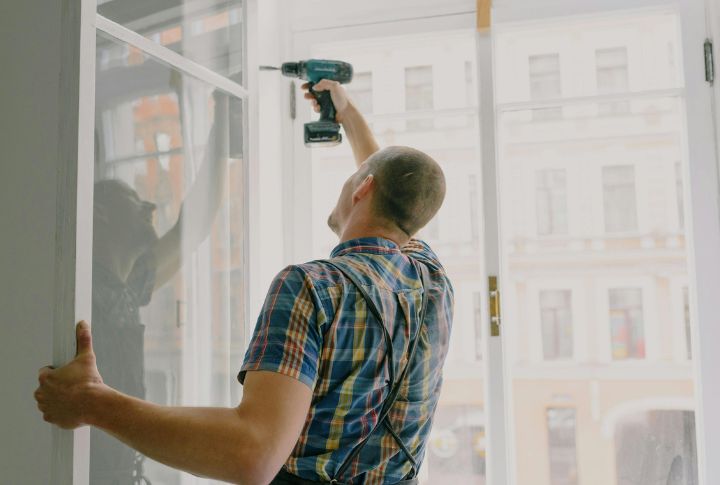
Windows do more than provide views; they’re essential for insulation and home security. The most common issue is seal failure in double-pane windows, which leads to fogging and reduced energy efficiency. In older homes, windows might lack proper safety features or contain hazardous materials like lead paint.
Radon Gas
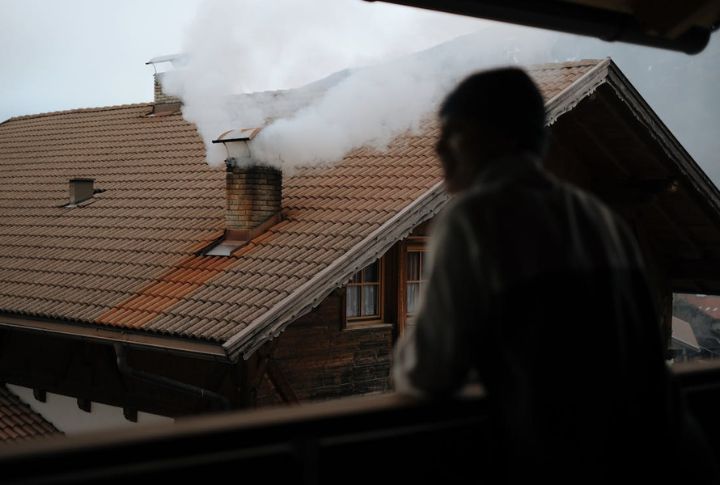
This odorless, colorless gas is an unseen menace that can accumulate in basements and crawl spaces. Radon is a radioactive gas and is among the leading causes of lung cancer. Radon testing is necessary, especially in areas known for high radon levels. Increased readings can require the installation of mitigation systems.
Deck And Porch
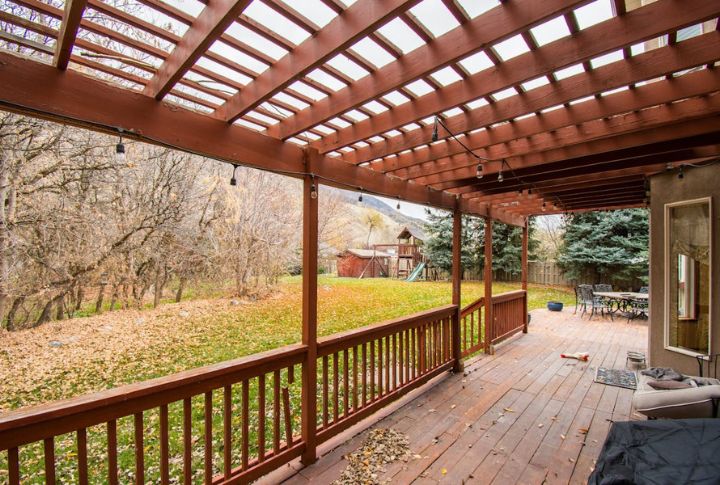
Outdoor structures like decks and porches are frequent sources of inspection failures. Common issues include improper attachment to the house, inadequate support posts, and rotting wood. You’ll have to pay close attention to railings and stairs, ensuring they meet safety standards, as weather exposure makes these structures particularly vulnerable.
Chimney And Fireplace

These cozy features can harbor hidden dangers. A cracked flue liner can allow heat and gases to escape into the home’s structure. Tar-like buildup in chimneys poses a fire risk, while damaged masonry can lead to water infiltration. Improperly installed dampers or missing cap and crown structures can allow pests to enter.
Fire Safety

During inspections, smoke detectors/sprinklers, fire extinguishers, and carbon monoxide detectors are often overlooked. These devices must be in working order at all times. Smoke detectors are the first line of defense in alerting homeowners to a fire, but they should be placed strategically in key areas, such as bedrooms, hallways, and shared spaces.
Gutter Upkeep
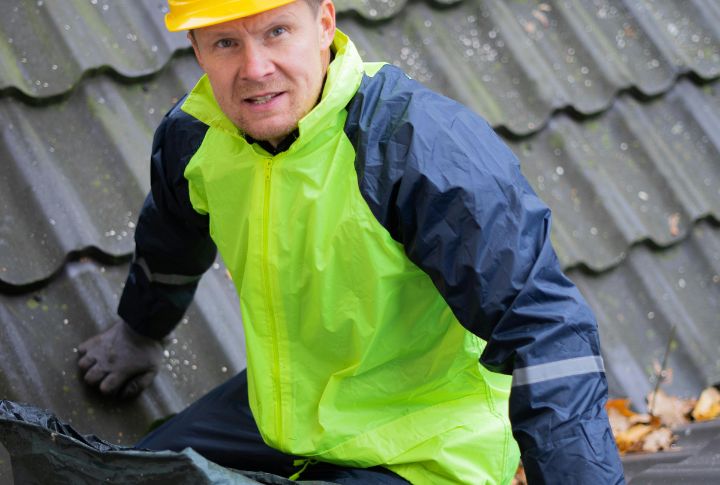
Gutters, often overlooked until problems arise, are a common culprit for home inspection failures. Clogged gutters filled with leaves, twigs, and debris are red flags, indicating neglect and potential water damage risks. Sagging or improperly sloped gutters fail to channel water effectively, leading to overflow and foundation problems.
Exterior And Siding Walls
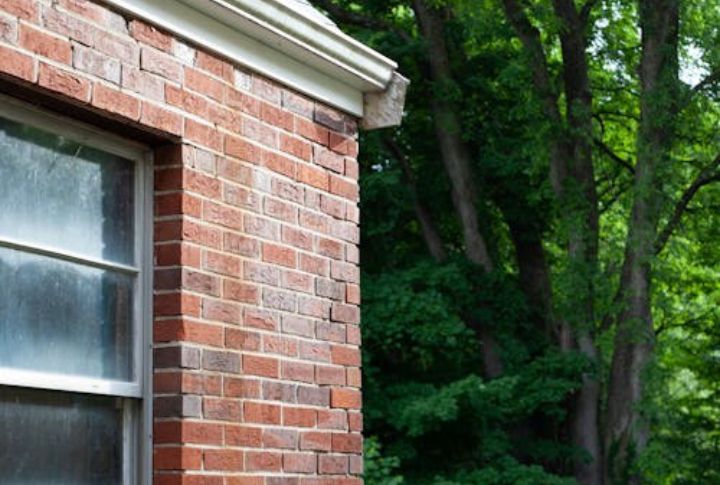
Rotting or damaged siding will catch the eye of any inspector. It’s not just an aesthetic issue—rotting wood or crumbling brick can allow water to infiltrate your home, causing significant damage over time. Regular upkeep of your home’s exterior helps prevent damage and maintains its structural integrity.

